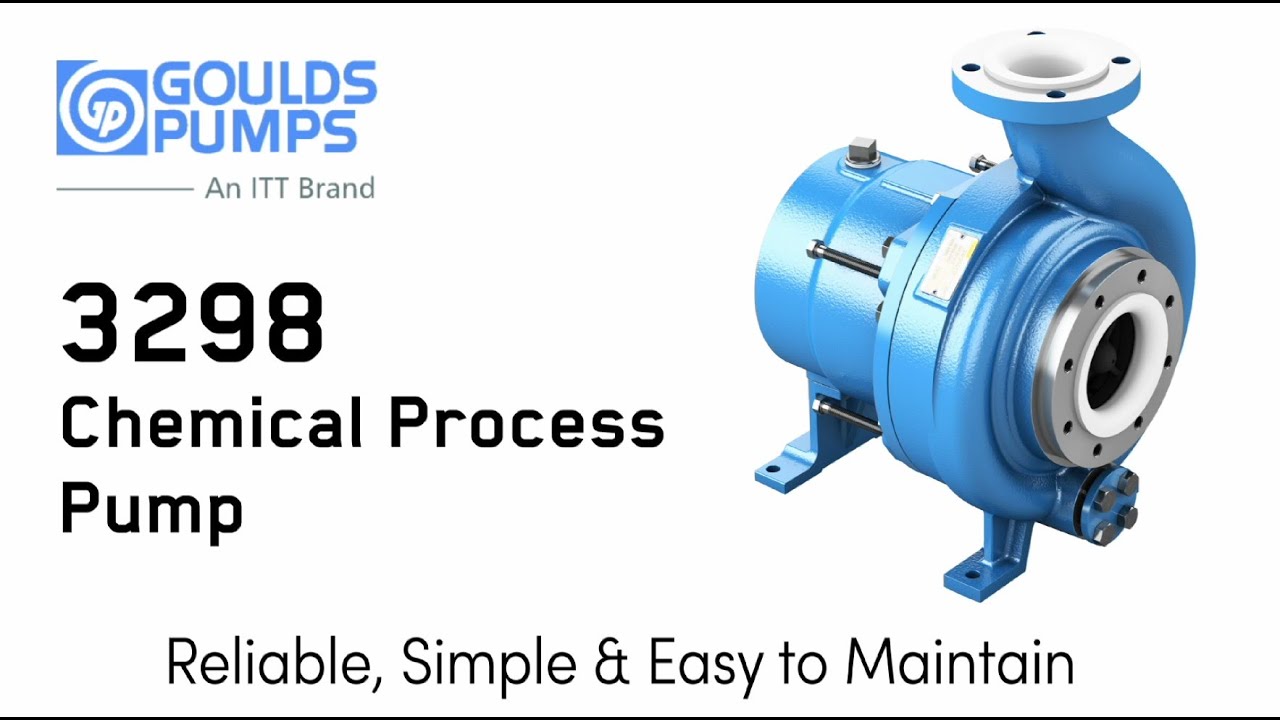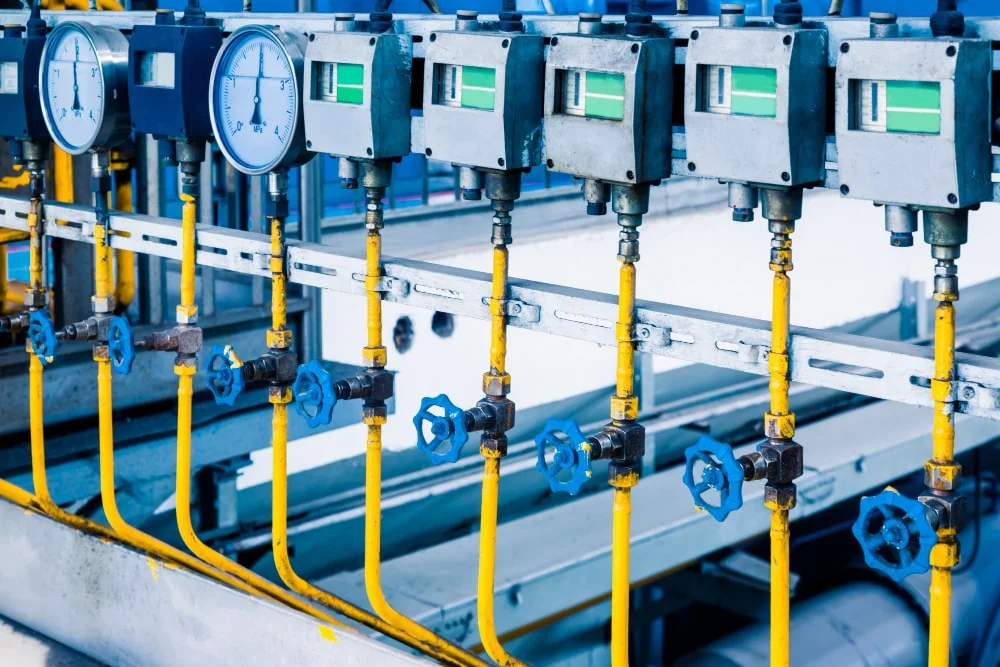Alright, so let me share a bit about my recent dive into the world of pumps, specifically for some pretty nasty stuff – acids and corrosive chemicals. It wasn’t for some big industrial setup, mind you, more like a personal project that got a bit out of hand, in a good way, mostly.

The Messy Beginnings
I’d been tinkering with a way to automate a small etching process I was doing in my workshop. Initially, I was, you know, manually pouring things, being super careful, but it was slow and, frankly, a bit nerve-wracking. We’re talking about chemicals that you really don’t want on your skin, or anywhere they’re not supposed to be. My first attempt at pumping involved a regular little utility pump I had lying around. Big mistake. That thing lasted all of two days before it started sputtering and then, well, let’s just say the cleanup wasn’t fun. The seals just couldn’t handle the corrosive liquid.
I was pretty frustrated. I needed something that could move these aggressive fluids reliably without dissolving itself or springing a leak every five minutes. Safety was a huge concern too. A leak with water is an annoyance; a leak with concentrated acid is a disaster waiting to happen.
Discovering the “Magic” of Mag Drive
So, I started digging around, asking folks, reading up. Someone, I think it was an old buddy who used to work in a lab, mentioned “mag drive pumps.” I’d heard the term but never really paid much attention. He said, “If you’re dealing with corrosive stuff, that’s what you want. No seals, no fuss.”
No seals? That caught my attention. The whole problem with my previous attempts was the seals failing. I learned that these mag drive pumps use magnets to connect the motor to the impeller – the bit that actually moves the liquid. So, the liquid end is completely sealed off. It sounded almost too good to be true for my situation.
Getting Hands-On and Setting Up
I decided to bite the bullet and get one. It wasn’t the cheapest option out there, I’ll admit, but considering the potential cost of spills and failed projects, it felt like a worthwhile investment. When it arrived, I inspected it. It definitely looked different. The pump head, the part that would handle the chemicals, was made of some pretty robust-looking plastic – polypropylene, I think it was specified, which is good for a lot of acids.
Setting it up was surprisingly straightforward. It connected to my system much like any other pump, but the key difference was the confidence I felt knowing there wasn’t a traditional shaft seal waiting to be eaten away.
- I did a quick flush with water first, just to make sure everything was tight and working. Smooth.
- Then came the moment of truth: introducing the actual acidic solution.
The Performance – A Sigh of Relief
I switched it on, half expecting some drama, but… nothing. Just the quiet hum of the motor and a steady flow of the chemical. It just worked. Day after day, it handled the corrosive fluids without any sign of leakage or degradation. I’d check it obsessively at first, looking for any hint of trouble, but it just kept on doing its job.
What I really appreciated was the peace of mind. I could focus on my etching project instead of constantly worrying about the pump failing and creating a hazardous mess. It wasn’t just about the pump working; it was about it working safely with these challenging liquids.
Maintenance so far? Pretty much zero on the pump head itself. Since there are no seals to wear out in the wetted part, there’s less to go wrong, which is a huge plus when you’re dealing with things that could burn you or release nasty fumes if they leaked.
Final Thoughts
So yeah, my journey with this acids and corrosive chemicals mag drive pump has been a really positive one. It solved a major headache for me. If you’re ever in a spot where you need to move aggressive chemicals and you’re tired of leaky seals and potential hazards, I’d say definitely look into these. They might seem a bit more of an upfront cost, but the reliability and safety, especially for hobbyist or small-scale stuff where you don’t have industrial containment systems, is totally worth it in my book. It’s one of those things where you wonder how you managed without it before.


